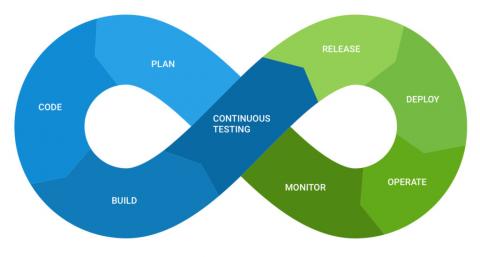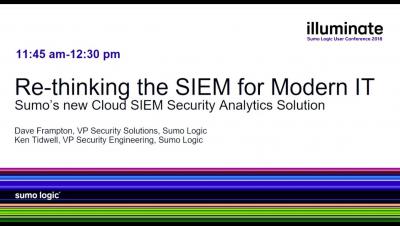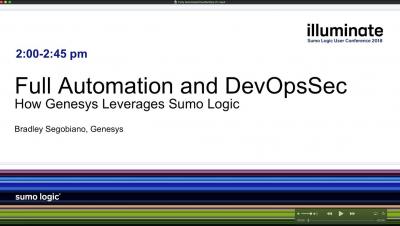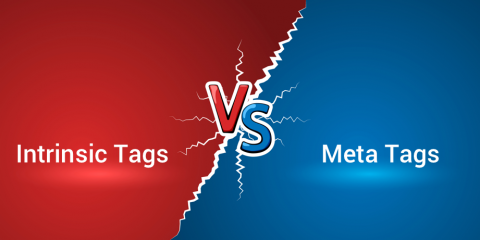Operations | Monitoring | ITSM | DevOps | Cloud
Sumo Logic
How to Triage Test Failures in a Continuous Delivery Lifecycle
Continuous testing has evolved to become an important phase in modern application development and delivery. When we at Sumo Logic sketched out a plan to start delivering our microservices continuously, we knew we needed to define a delivery pipeline, which would run our automated tests and provide feedback in early phases of development.
Gain Visibility into Your Puppet Deployments with the New Sumo Logic Puppet App
The world is changing. The way we do business, the way we communicate, and the way we secure the entPuppet is a software configuration management and deployment tool that is available both as an open source tool and commercial software. It’s most commonly used on Linux and Windows to pull the strings on multiple application servers at once. It includes its own declarative language to describe system configurations.
Sumo New Security Solution Rethinking the SIEM for Modern IT 2
Fully Automated DevSecOps 1
Pokemon Co. International and Sumo Logic's Joint Journey to Build a Modern Day SOC
The world is changing. The way we do business, the way we communicate, and the way we secure the enterprise are all vastly different today than they were 20 years ago. This natural evolution of technology innovation is powered by the cloud, which has not only freed teams from on-premises security infrastructure, but has also provided them with the resources and agility needed to automate mundane tasks.
Setting up Sumo Logic - October 2018
How to Use the New Sumo Logic Terraform Provider for Hosted Collectors
Over the years, automation has become a key component in the management of the entire software release lifecycle. Automation helps teams get code from development into the hands of users faster and more reliably. While this principle is critical to your source code and continuous integration and delivery processes, it is equally essential to the underlying infrastructure you depend on.
Accelerate Security and PCI Compliance Visibility with New Sumo Logic Apps for Palo Alto Networks
It’s becoming increasingly harder to manage the volume of threats coming into enterprise networks as attackers become more sophisticated, the threat landscape expands and enterprises continue to adopt modern applications at cloud scale.
Intrinsic vs Meta Tags: What's the Difference and Why Does it Matter?
Tag-based metrics are typically used by IT operations and DevOps teams to make it easier to design and scale their systems. Tags help you to make sense of metrics by allowing you to filter on things like host, cluster, services, etc. However, knowing which tags to use, and when, can be confusing. For instance, have you ever wondered about the difference between intrinsic tags (or dimensions) and meta tags with respect to custom application metrics? If so, you’re not alone.








